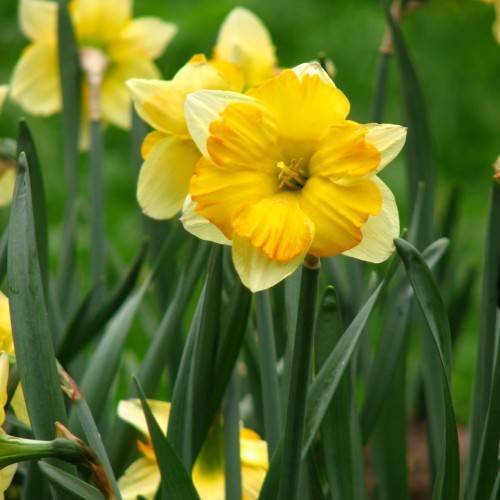
split-corona daffodil
Narcissus 'Cassata'
Cycle:
Perennial
Watering:
Average
Hardiness Zone:
4 - 8
Flowers:
Flowers In Spring
Sun:
Full sun,part shade
Leaf:
Yes
Growth Rate:
High
Maintenance:
Low
watering
Split-corona daffodils need moist soil to thrive, so it’s important to water them regularly. Generally, water every 7 to 10 days when the soil is almost dry. During periods of extreme heat, the plant may need more frequent watering. Avoid over-watering, as this can cause root rot and other issues. However, it’s best not to let the soil dry out completely, especially during or prior to the flowering season.
sunlight
Split-corona daffodils require a minimum of 6 hours of direct sunlight to thrive. Although they can tolerate some partial shade, it is best to plant them in a location that gets plenty of sun to get the most blooms. Planting in an area that receives direct sun in the morning and is shaded by taller plants in the afternoon is ideal. Additionally, if you live in an area with very hot summers, it is best to keep the plants out of direct sunlight during midday to avoid scorching or drying out the flowers.
pruning
Split-corona daffodils should be pruned after the blooms have faded in the late spring. Depending on the hardiness of your zone, this will usually be in the early June. To prune these plants, you should cut the spent flower stalks back to the base of the plant. You can also remove any dead or discolored leaves from the plant. If you wish, you can lightly shape the foliage by selectively trimming back some of the leaves. Be careful not to cut back too much as this can damage the plant.
